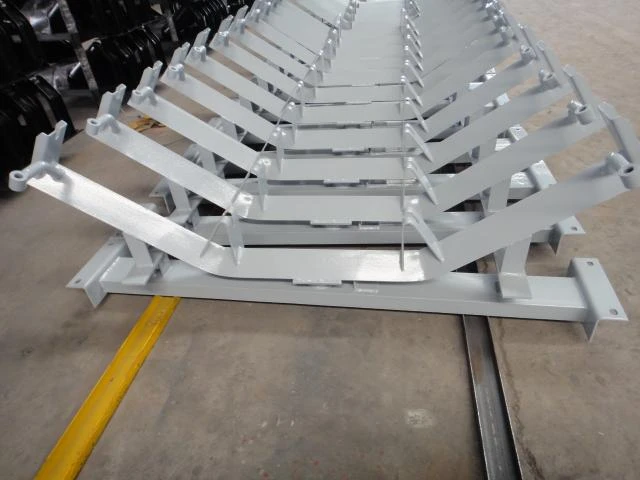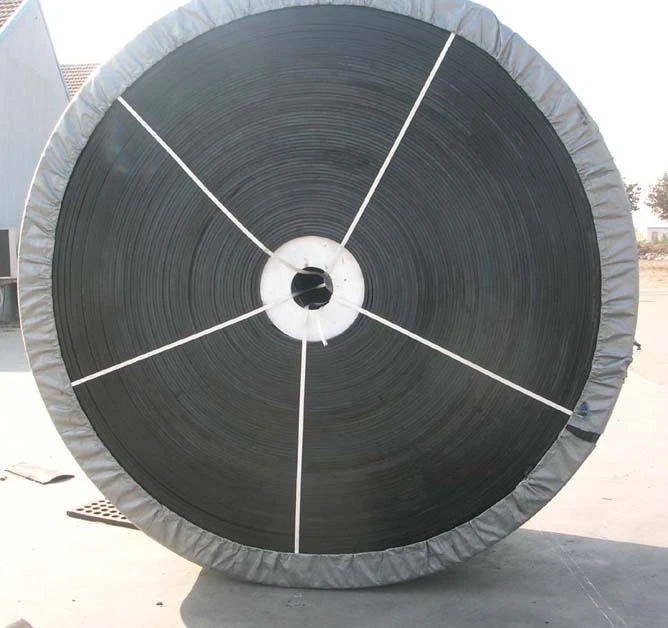 Afrikaans
Afrikaans  Albanian
Albanian  Amharic
Amharic  Arabic
Arabic  Armenian
Armenian  Azerbaijani
Azerbaijani  Basque
Basque  Belarusian
Belarusian  Bengali
Bengali  Bosnian
Bosnian  Bulgarian
Bulgarian  Catalan
Catalan  Cebuano
Cebuano  Corsican
Corsican  Croatian
Croatian  Czech
Czech  Danish
Danish  Dutch
Dutch  English
English  Esperanto
Esperanto  Estonian
Estonian  Finnish
Finnish  French
French  Frisian
Frisian  Galician
Galician  Georgian
Georgian  German
German  Greek
Greek  Gujarati
Gujarati  Haitian Creole
Haitian Creole  hausa
hausa  hawaiian
hawaiian  Hebrew
Hebrew  Hindi
Hindi  Miao
Miao  Hungarian
Hungarian  Icelandic
Icelandic  igbo
igbo  Indonesian
Indonesian  irish
irish  Italian
Italian  Japanese
Japanese  Javanese
Javanese  Kannada
Kannada  kazakh
kazakh  Khmer
Khmer  Rwandese
Rwandese  Korean
Korean  Kurdish
Kurdish  Kyrgyz
Kyrgyz  Lao
Lao  Latin
Latin  Latvian
Latvian  Lithuanian
Lithuanian  Luxembourgish
Luxembourgish  Macedonian
Macedonian  Malgashi
Malgashi  Malay
Malay  Malayalam
Malayalam  Maltese
Maltese  Maori
Maori  Marathi
Marathi  Mongolian
Mongolian  Myanmar
Myanmar  Nepali
Nepali  Norwegian
Norwegian  Norwegian
Norwegian  Occitan
Occitan  Pashto
Pashto  Persian
Persian  Polish
Polish  Portuguese
Portuguese  Punjabi
Punjabi  Romanian
Romanian  Russian
Russian  Samoan
Samoan  Scottish Gaelic
Scottish Gaelic  Serbian
Serbian  Sesotho
Sesotho  Shona
Shona  Sindhi
Sindhi  Sinhala
Sinhala  Slovak
Slovak  Slovenian
Slovenian  Somali
Somali  Spanish
Spanish  Sundanese
Sundanese  Swahili
Swahili  Swedish
Swedish  Tagalog
Tagalog  Tajik
Tajik  Tamil
Tamil  Tatar
Tatar  Telugu
Telugu  Thai
Thai  Turkish
Turkish  Turkmen
Turkmen  Ukrainian
Ukrainian  Urdu
Urdu  Uighur
Uighur  Uzbek
Uzbek  Vietnamese
Vietnamese  Welsh
Welsh  Bantu
Bantu  Yiddish
Yiddish  Yoruba
Yoruba  Zulu
Zulu Feb . 19, 2025 08:43
Back to list
Rubber Lagging Pulley
When it comes to optimizing the performance and longevity of conveyor systems, one cannot overlook the vital role played by pulley lagging. In an industrial setup, pulley lagging serves as a protective shield, ensuring smooth operation and alignment of belts, ultimately leading to improved efficiency and reduced maintenance costs. However, not all laggings are created equal. There are several variations tailored to meet specific industrial needs and conditions, making it essential to choose the right type to maximize your conveyor system's performance.
Strip lagging, a more customizable option, involves applying individual strips of lagging material across the pulley face. This type allows for customization in terms of thickness, spacing, and material to perfectly suit unique industrial needs. Its modular nature ensures that if a portion of the lagging wears down, only that strip needs replacement, potentially saving on maintenance costs and downtime. This adaptability makes strip lagging a cost-effective and practical choice for operations requiring frequent adjustments or replacements. Choosing the right type of pulley lagging requires a comprehensive understanding of the specific operational conditions and challenges. Environmental factors, material types, load weights, and even the speed of the conveyor system can influence this decision. Consulting with experts who have hands-on experience and technical knowledge can provide insights into which type will yield the best results for your specific application. Incorporating the suitable pulley lagging type not only extends the longevity of the conveyor system but also enhances its performance, thereby improving the operational efficiency and profitability of the business. While initial costs might vary, investing in the appropriate lagging can lead to substantial long-term savings by minimizing maintenance needs and downtime. In conclusion, pulley lagging is a critical component that significantly impacts the effectiveness of conveyor systems. Businesses that take the time to select the appropriate lagging type, considering their unique environmental and operational challenges, are more likely to enjoy a seamless, efficient, and cost-effective conveyor operation. Leveraging professional expertise ensures that this selection aligns with industrial demands, facilitating not only operational efficiency but also contributing to the trustworthiness and authority of a business in its respective field.


Strip lagging, a more customizable option, involves applying individual strips of lagging material across the pulley face. This type allows for customization in terms of thickness, spacing, and material to perfectly suit unique industrial needs. Its modular nature ensures that if a portion of the lagging wears down, only that strip needs replacement, potentially saving on maintenance costs and downtime. This adaptability makes strip lagging a cost-effective and practical choice for operations requiring frequent adjustments or replacements. Choosing the right type of pulley lagging requires a comprehensive understanding of the specific operational conditions and challenges. Environmental factors, material types, load weights, and even the speed of the conveyor system can influence this decision. Consulting with experts who have hands-on experience and technical knowledge can provide insights into which type will yield the best results for your specific application. Incorporating the suitable pulley lagging type not only extends the longevity of the conveyor system but also enhances its performance, thereby improving the operational efficiency and profitability of the business. While initial costs might vary, investing in the appropriate lagging can lead to substantial long-term savings by minimizing maintenance needs and downtime. In conclusion, pulley lagging is a critical component that significantly impacts the effectiveness of conveyor systems. Businesses that take the time to select the appropriate lagging type, considering their unique environmental and operational challenges, are more likely to enjoy a seamless, efficient, and cost-effective conveyor operation. Leveraging professional expertise ensures that this selection aligns with industrial demands, facilitating not only operational efficiency but also contributing to the trustworthiness and authority of a business in its respective field.
Next:
Latest news
-
Revolutionizing Conveyor Reliability with Advanced Rubber Lagging PulleysNewsJul.22,2025
-
Powering Precision and Durability with Expert Manufacturers of Conveyor ComponentsNewsJul.22,2025
-
Optimizing Conveyor Systems with Advanced Conveyor AccessoriesNewsJul.22,2025
-
Maximize Conveyor Efficiency with Quality Conveyor Idler PulleysNewsJul.22,2025
-
Future-Proof Your Conveyor System with High-Performance Polyurethane RollerNewsJul.22,2025
-
Driving Efficiency Forward with Quality Idlers and RollersNewsJul.22,2025
OUR PRODUCTS





























